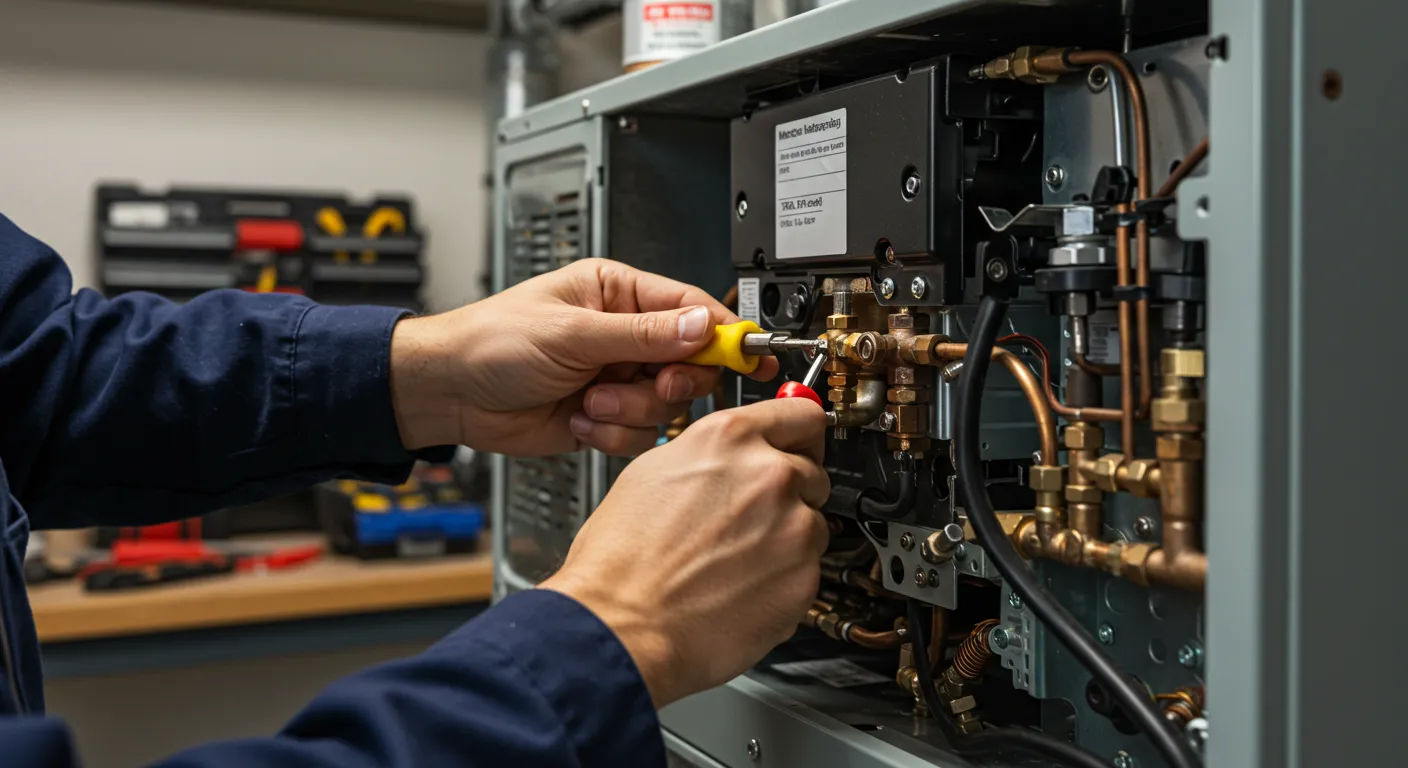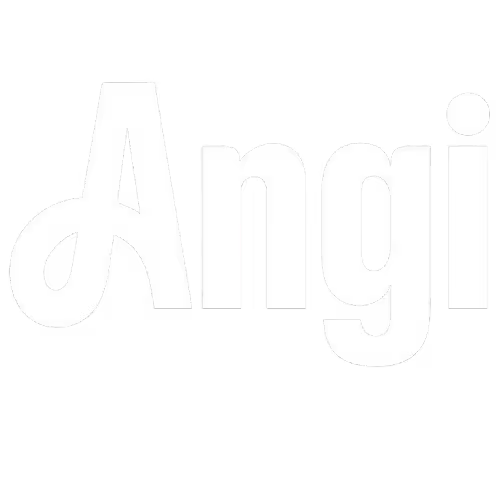
Expert Furnace Repair Services for Lasting Comfort
A functional furnace is essential for maintaining comfort and safety, especially during colder months. When your heating system falters, it can quickly turn into a significant inconvenience, impacting your daily routine and well-being. At Stafford Home Service, we understand the urgency and discomfort that come with a malfunctioning furnace. Our dedicated furnace repair services are designed to address a wide array of heating issues, restoring warmth and efficiency to your home with expertise and reliability. We guide you through common furnace problems, the repair process, and what steps you can take to ensure your heating system operates optimally.
Understanding Common Furnace Problems
Furnaces, like any complex mechanical system, can develop various issues over time. Recognizing the symptoms of a problem early can often prevent more extensive damage and costly repairs. Here are some of the most frequently encountered furnace issues:
- Ignition Problems: If your furnace struggles to ignite or fails to light at all, it could be due to a faulty igniter or pilot light, a dirty flame sensor, or issues with the gas supply. Without a proper ignition, your furnace cannot produce heat.
- Airflow Obstructions: Reduced airflow can lead to uneven heating, poor system efficiency, and even overheating. This is often caused by clogged air filters, blocked vents, or issues with the blower motor. A restricted airflow forces your furnace to work harder, increasing energy consumption and wear.
- Thermostat Malfunctions: The thermostat is the brain of your heating system. If it’s not communicating correctly with the furnace, you might experience inconsistent temperatures, a furnace that runs constantly, or one that won’t turn on at all. Issues can range from dead batteries to faulty wiring or calibration problems.
- Frequent Cycling: A furnace that turns on and off too frequently, known as "short cycling," can indicate several problems. These include an oversized unit, a clogged air filter, a faulty thermostat, or issues with the flame sensor or limit switch. Short cycling is inefficient and puts undue stress on components.
- Unusual Noises: Squealing, grinding, rattling, or booming sounds emanating from your furnace are clear indicators of a problem. These noises often point to issues with the blower motor, loose components, or ignition problems (like a delayed ignition causing a "boom").
- Lack of Heat or Insufficient Heat: Perhaps the most obvious sign of a problem, a furnace that isn't producing enough heat or any heat at all needs immediate attention. This could be due to ignition problems, a malfunctioning thermostat, a clogged filter, or issues with the gas valve or heat exchanger.

DIY Troubleshooting Steps Before Calling for Professional Help
While many furnace problems require professional intervention, there are a few basic troubleshooting steps you can take to potentially resolve minor issues or gather information for your service technician:
- Check Your Thermostat: Ensure it's set to "heat" and the temperature is higher than the current room temperature. Replace batteries if it's a digital thermostat.
- Inspect the Air Filter: A dirty air filter is a common culprit for many furnace issues. Check if it's clogged and replace it if necessary.
- Verify Power Supply: Confirm that the furnace's power switch is on and that the circuit breaker hasn't tripped.
- Check Gas Supply: For gas furnaces, ensure the gas shut-off valve near the furnace is open.
- Examine Vents and Returns: Make sure all supply and return air vents throughout your home are open and unobstructed by furniture or drapes.
- Reset the Furnace: Some furnaces have a reset button (often on the blower motor housing). Turn off the power at the breaker for a few minutes before pressing the reset button. Do not press it repeatedly if it doesn't work the first time.
When to Call a Professional: Indicators for Expert Furnace Repair
While basic troubleshooting can sometimes resolve minor issues, it’s crucial to know when to call a professional for furnace repair. Attempting complex repairs yourself without proper training can be dangerous and may void your warranty. You should contact an expert if you observe any of the following:
- No Heat Production After Troubleshooting: If your furnace still isn't heating after you've performed the basic checks.
- Gas Odor: A strong smell of natural gas is a serious safety hazard. Turn off your gas supply, evacuate your home, and call for emergency service immediately.
- Loud or Persistent Unusual Noises: Grinding, banging, squealing, or persistent rattling sounds often indicate mechanical failure.
- Yellow Pilot Light: A healthy pilot light flame should be blue. A yellow or orange flame can signal incomplete combustion, potentially producing dangerous carbon monoxide.
- Frequent Short Cycling: If your furnace turns on and off repeatedly in short bursts, it needs professional diagnosis.
- Visible Wear and Tear or Damage: Cracks in the heat exchanger, rust, or visible damage to components require expert assessment.
- Carbon Monoxide Detector Alarms: If your carbon monoxide detector goes off, it's an immediate emergency.
What to Expect During a Professional Furnace Repair Service
When you call Stafford Home Service for furnace repair, you can expect a thorough and professional process focused on restoring your heating efficiently and safely. Our skilled technicians follow a systematic approach:
- Comprehensive Diagnostic: Our technician will begin by performing a detailed inspection and diagnostic test of your entire furnace system to accurately identify the root cause of the problem. This includes checking electrical components, gas lines, blower motors, igniters, flame sensors, and the heat exchanger.
- Clear Explanation and Estimate: Once the issue is pinpointed, we will clearly explain the problem to you, outlining the necessary repairs. You will receive a transparent, upfront estimate for the cost of parts and labor before any work begins.
- Expert Repair: With your approval, our technician will proceed with the repair, utilizing high-quality replacement parts and industry best practices. We ensure the work is done efficiently and safely, adhering to all codes and standards.
- System Testing and Verification: After the repair is complete, the technician will thoroughly test the furnace to ensure it is operating correctly, efficiently, and safely. This includes checking air temperature, airflow, and system pressures.
- Preventative Advice: We provide valuable advice on how to maintain your furnace and prevent future breakdowns, helping you extend its lifespan and optimize performance.
Factors Influencing Furnace Repair Costs
Understanding the factors that influence furnace repair costs can help manage expectations. While providing exact figures is impossible without a diagnosis, the overall cost typically depends on:
- Type of Repair: Minor issues like a dirty flame sensor or a clogged condensate drain will cost less than major component replacements such as a new blower motor, heat exchanger, or control board.
- Parts Needed: The cost of replacement parts varies significantly. Proprietary or specialized components can be more expensive than universally available parts.
- Labor Time: The complexity and time required for the repair directly impact labor costs.
- Urgency of Service: Emergency, after-hours, or weekend services may incur additional fees.
- Warranty Status: If your furnace or the specific faulty component is still under warranty, some or all of the parts cost might be covered, though labor is typically not.
A professional diagnosis from Stafford Home Service will always provide you with a precise and transparent estimate tailored to your specific situation.
Essential Preventative Maintenance Tips for Your Furnace
Regular maintenance is key to preventing unexpected breakdowns, prolonging your furnace's lifespan, and ensuring optimal efficiency. Consider these tips:
- Change Air Filters Regularly: Check your furnace filter monthly and replace it every 1 to 3 months, or more often if you have pets or allergies.
- Schedule Annual Professional Tune-Ups: Have a certified technician inspect and tune up your furnace once a year, ideally before the heating season begins. This can catch minor issues before they become major problems.
- Keep Vents Clear: Ensure all registers and return vents are open and free from obstructions.
- Clean Around the Furnace: Keep the area around your furnace clear of clutter, dust, and debris to ensure proper airflow and reduce fire hazards.
- Test Your Carbon Monoxide Detector: Test your CO detector regularly and replace its batteries annually.
Prompt and Reliable Furnace Repair Service
When the heat goes out, count on Stafford Home Service for dependable Furnace Repair Columbia Heights, MN. Our experienced Our Team diagnoses issues quickly and restores warmth to your home. Explore flexible Financing, read our glowing Reviews, and enjoy added security with our Service Agreements. For helpful guidance, browse our FAQs anytime. Don’t let a broken furnace leave you in the cold—Contact Stafford Home Service today for reliable furnace repairs that get your comfort back on track fast!
Maintenance plan
Our premium maintenance plans start at just $216 annually, providing regular tune-ups, priority scheduling, and comprehensive protection to keep your systems running efficiently year-round.
Customer Testimonials
Our customers consistently praise our knowledgeable technicians, prompt service, and the lasting quality of the work we deliver.






